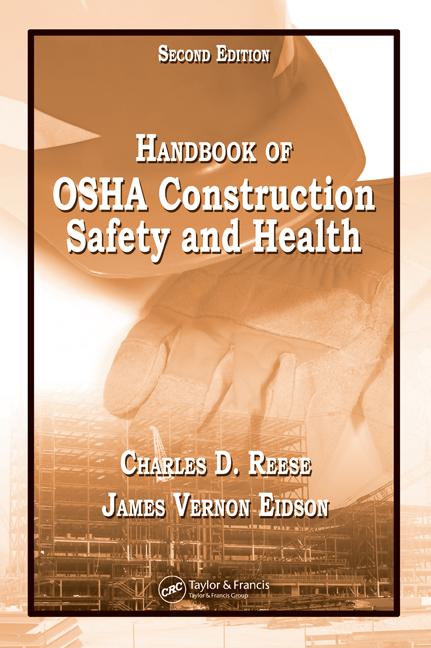Where does OSHA currently stand on some of today’s top safety and health issues? Though there were no major new announcements, OSHA administrator Edwin G. Foulke, Jr. provided an update recently when he spoke at the ASSE Safety 2006 PDC & Expo last month in Seattle and then answered questions from the press:
Hex chrome— While OSHA has posted the complete final standard on its Web site, the agency is close to posting a side-by-side comparison of the old and new standard, along with guidance on implementing the new standard, Foulke said. Check www.osha.gov for the updates.
Pandemic flu preparedness— OSHA is currently updating its March 2004 guidance document on pandemic flu, and a new one is expected soon, he said.
Global harmonization— OSHA has prepared an advance notice of proposed rulemaking to consider modifications to its Hazard Communication standard to enable the implementation of the GHS (Globally Harmonized System of Classification and Labeling of Chemicals), according to Foulke. The agency wants input from employers and the public in order to move forward on this issue, he said. Look for the notice to soon appear in theFederal Register.
PELs— Noting that the rulemaking process is long and complex, Foulke said he is looking forward to studying this issue to determine how improvements can be made.
New standards— There are none on the horizon, said Foulke, although he left the door open by adding “we’ll see.â€
Employer pays for PPE rule— A couple of points are still at issue before any final action can be taken: tools of the trade and the impact of high turnover. “Some employers have large turnover.â€
Maximum fine amounts— Foulke did not endorse raising OSHA's maximum fine amounts.
Cranes and derricks rulemaking— The OSHA chief said he’d like to get things moving quickly on the pending cranes and derricks negotiated rulemaking.
Enforcement— Foulke implied that a St. Louis employer that allegedly has been ignoring OSHA's warnings about poor safety would soon be receiving a visit. “I will not put up with it,†Foulke insisted, referring to employer neglect. He did reiterate, however, that the agency must maintain a balance between enforcement and compliance assistance.
Non-English speaking employees— For foreign workers, such as Hispanics, Foulke believes an increased use of such tools as pictures and posters can help improve safety.
Where OSHA stands on current issues




